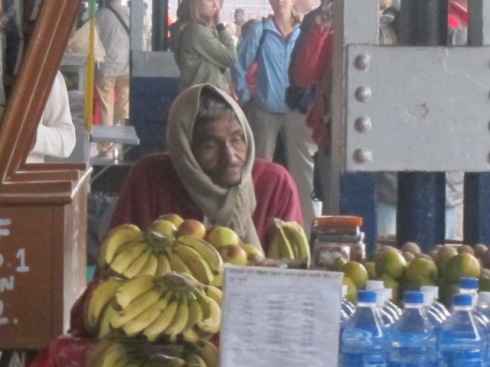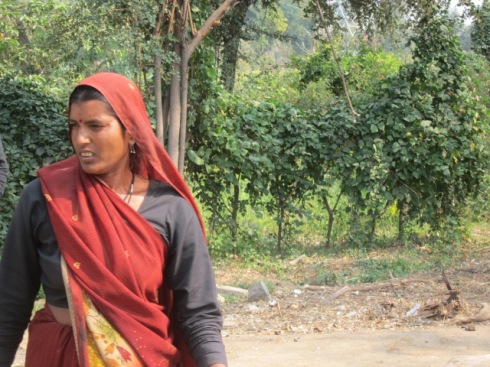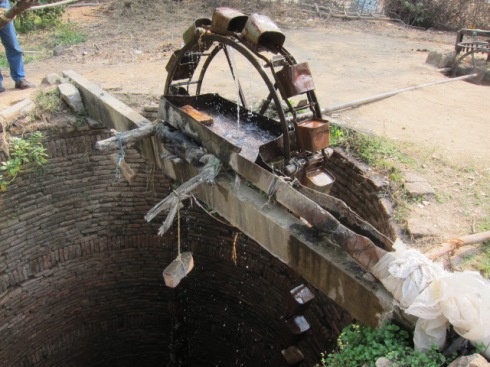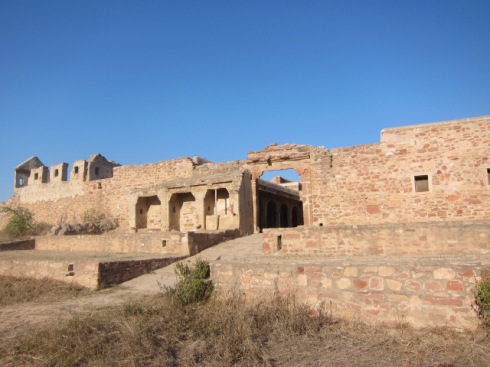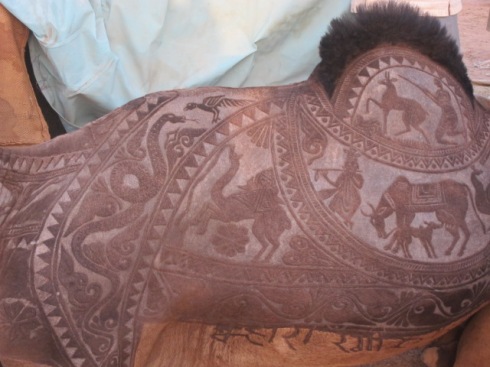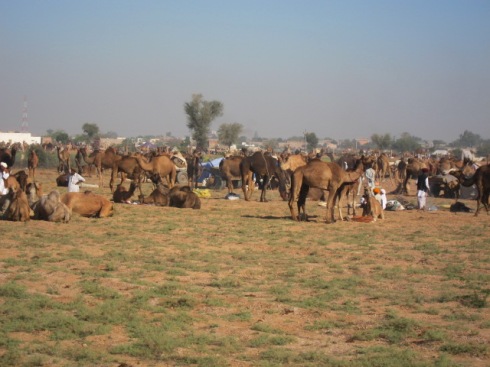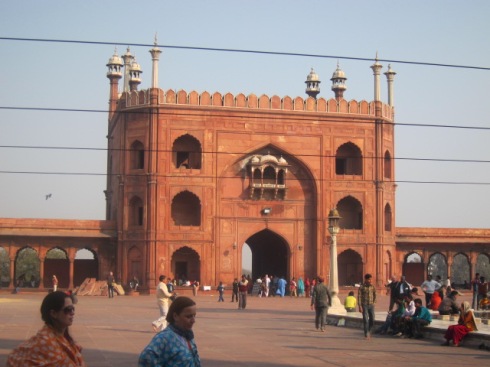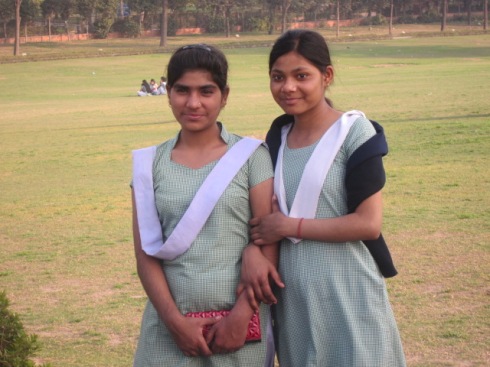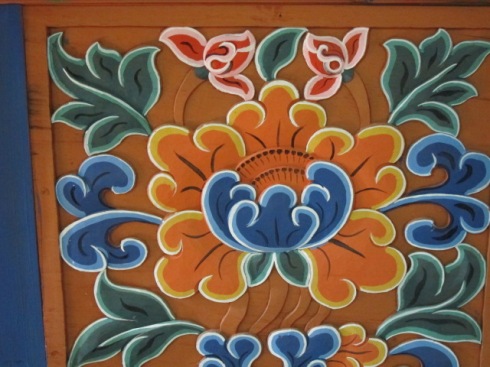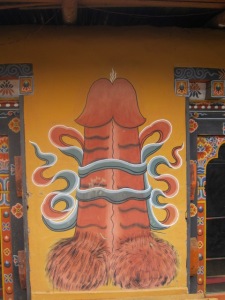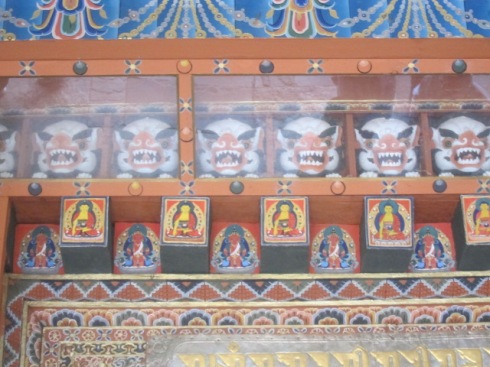Lots of people talk about the Taj Mahal being on their bucket list. I didn’t think of it as reason to go to India, just a nice thing to do while here. But then, I saw it!
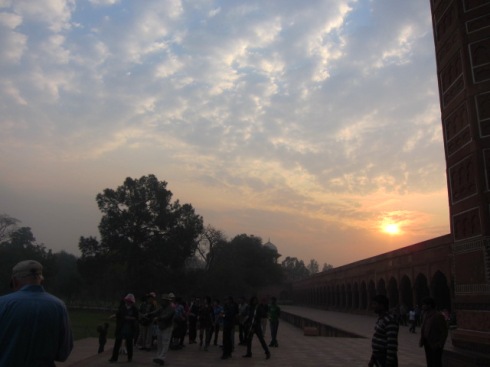
Okay, so you can’t see it yet. But after walking 3 miles (all streets were closed to traffic for Agra marathon), seeing this sunrise on the grounds was quite inspiring.

The main gate. It was hazy, my photos will never equal the pros but maybe you can experience a little of what I saw.

A view from the side. Can you see the beautiful marble? The Taj was built by Akbar, the third Mughal emperor or India as a mausoleum for his beloved wife. He hired artisans from all over the world and it took 20,000 men 28 years to build. It has a complicated infrastructure which makes it probably one of the first earthquake resistant buildings. The marble is incised and decorated with semi precious stones. This technique was imported from Persia and is still practiced in Agra today. Before the Taj, most buildings were sandstone.

This close up of one small piece of decoration has jasper, carnelian, fossilized stone and one I forget. The marble was incised, the pieces of stone were cut to fit the incision and then pasted in. The marble which is much harder than Italian marble, is still translucent and shimmers in the light. The carnelian used is also translucent and adds a red glow.

Made me speechless from every angle. Tomorrow we go to see the 10th century temples of Khajuraho; some of which feature erotic motifs. Happy V day!


